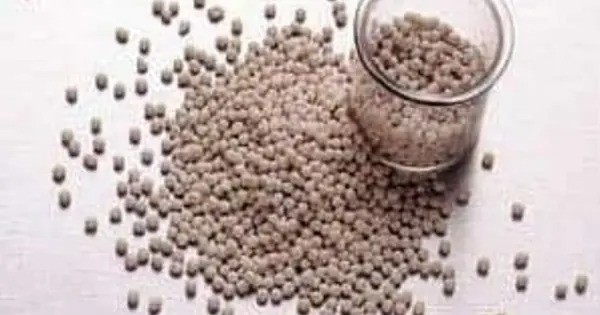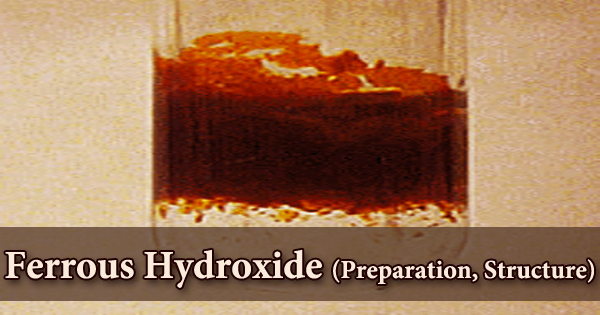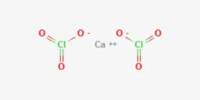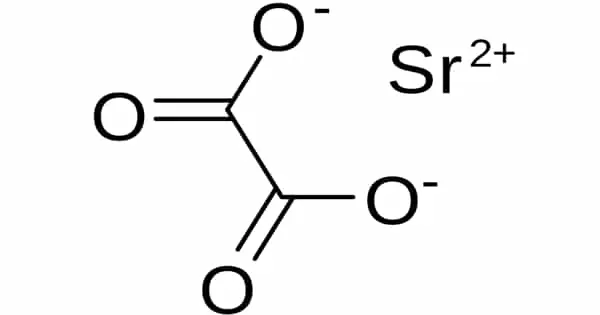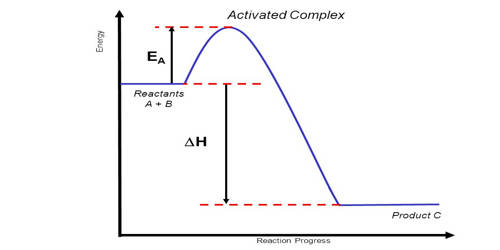Calcium magnesium acetate (CMA, with chemical formula C12H18CaMg2O12) is a deicer and can be used as an alternative to road salt. It is an environmentally friendly chemical compound often used as a de-icing agent and corrosion inhibitor. It is approximately as corrosive as normal tap water, and in varying concentrations can be effective in stopping road ice from forming down to around −27.5 °C (−17.5 °F) (its eutectic temperature). CMA can also be used as an H2S capture agent.
Property
- Molecular Weight: Depends on formulation; for CaMg₂(CH₃COO)₆, approximately 430.7 g/mol
- Appearance: White to off-white crystalline powder or granules
- Odor: Slight vinegar-like odor (from acetic acid)
- Solubility: Soluble in water
- pH (1% solution): Typically between 7 and 9
- Melting Point: Decomposes before melting
- Stability: Stable under normal temperatures and pressures
- Toxicity: Low toxicity; considered safe for the environment, humans, and animals
Production
CMA can be produced from a reaction of a magnesium/calcium compound with glacial acetic acid. If it is reacted with dolomite or dolomitic lime, acetic acid does not need to be concentrated to produce CMA. Acetic acid production requires the fermentation of organic material which must be carried out at a pH around 6.0.
Separating agents used to recover acetic acid must therefore maintain a high capacity while within this pH range. Amberlite LA-2 in 1-octanol diluent maintains nearly full capacity up to a pH value of 6.0 and is readily regenerated by aqueous, slaked dolomitic lime to form CMA, making it a good acetic acid separating agent for CMA production.
Natural Occurrence
CMA does not occur naturally in significant amounts. It is a synthetic compound, typically produced for industrial or environmental applications.
Industrial Production
CMA is produced by reacting calcium carbonate (limestone) and magnesium carbonate (dolomite) with acetic acid:
𝐶𝑎𝐶𝑂3 + 𝑀𝑔𝐶𝑂3 + 6𝐶𝐻3𝐶𝑂𝑂𝐻 → 𝐶𝑎𝑀𝑔2(𝐶𝐻3𝐶𝑂𝑂)6 + 2𝐶𝑂2+2𝐻2𝑂
Common Applications
- De-icing agent: Used on roads and airport runways as a safer alternative to sodium chloride (NaCl), reducing corrosion on metals and damage to concrete.
- Corrosion inhibitor: In concrete and steel structures.
- Environmentally friendly choice: Biodegrades easily and has minimal environmental impact.
